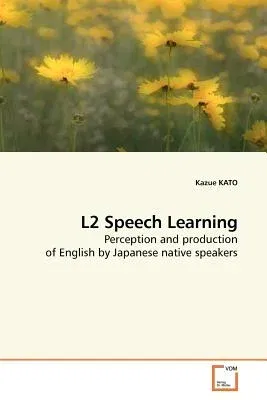Kazue Kato
(Author)L2 Speech LearningPaperback, 29 July 2009

Qty
1
Turbo
Ships in 2 - 3 days
In Stock
Free Delivery
Cash on Delivery
15 Days
Free Returns
Secure Checkout
Print Length
174 pages
Language
English
Publisher
VDM Verlag
Date Published
29 Jul 2009
ISBN-10
3639177967
ISBN-13
9783639177961
Description
Product Details
Author:
Book Format:
Paperback
Country of Origin:
US
Date Published:
29 July 2009
Dimensions:
22.86 x
15.24 x
1.02 cm
ISBN-10:
3639177967
ISBN-13:
9783639177961
Language:
English
Location:
Saarbrucken
Pages:
174
Publisher:
Weight:
263.08 gm

